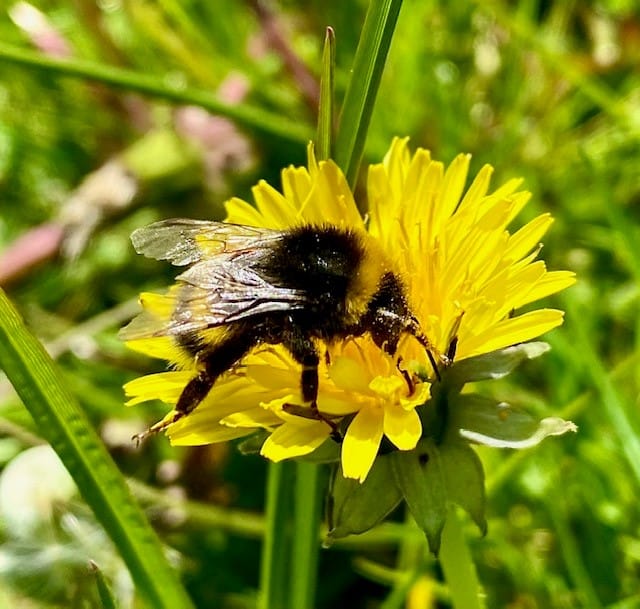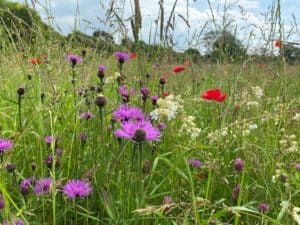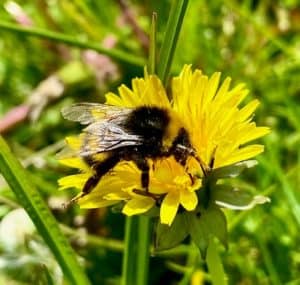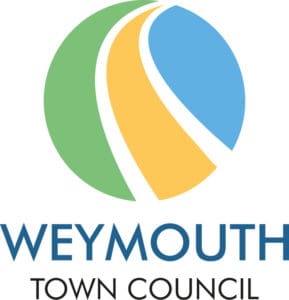
Wildlife Loving our Stunning Meadows at Radipole; Wildlife & Wellbeing
Have you been to visit our wildlife meadow at the far end of the play-park this year?
It is blooming lovely, and that’s official.
Emily Brown, Weymouth’s Parks Operation and Development Officer paid a visit to create a report on its progress and was blown away by what she saw and wanted to share it with us all.
Did you know that Radipole Park & Gardens are considered a vital green corridor in this area? It stretches almost a mile long enabling wildlife to travel easily along this narrow strip that is tucked between the RSPB lake and railway.
It’s not only folk who are enjoying this area of wild flowers, insects and all manner of mammals, bats and birds are happily partaking in its beauty and benefits.

Emily’s Report;
The playing fields at Radipole Park Gardens has a small established wildflower area […]
Last autumn this area was doubled in size.
Gardeners Rob and Dom prepared the expanded by strimming the area and then rotovating to create a seed bed. The new area was then sown with a locally collected perennial mix from Heritage Seeds in Osmington, boosted with some wildflower annuals to ensure some colour in the mix.
After the cold slow start to the growing season, both the original and newly sown site came into their own in June and continues to provide a splash of buzzing colour outside the Orchard. Knapweed, vetches, trefoils, ox-eye daisy and field scabious are amongst the nectar rich wildflowers attracting bees to the site.

A large area adjacent to the wildflower sowing has also been left uncut.
Whilst not as diverse as the sown meadow area, this long grass was a sea of yellow dandelions and buttercups in the spring and delaying mowing has allowed patches of cuckoo flower, a wet loving delicate pink flower (also known as Lady’s Smock) to flourish.

The longer grass is also home to insects such as crickets and grasshoppers, as well as swarms of meadow brown butterflies. These insects are also a source of food for birds and bats, who forage in the area. In addition, reptiles and small mammals will also be sheltering and feeding in the longer grasses, boosting biodiversity and feeding larger animals such as owls and weasels.

The long grass area will be cut in the autumn, and a compost heap will be created. This helps reduce the fertility of the site, which will promote more flowers and less grass growth in years to come.
The gardeners will spread green hay from the wildflower area onto the wider area, to try and disperse the wildflower seed further.
***
Emily we can’t wait to see what next year brings forth, even more wild flowers which means even more wildlife.
If you’ve not been to visit it, why not pack yourself a picnic and come enjoy an hour or so lazing in the orchard and gazing out at what beauties nature bestows upon us.
I know from previous years the end by the community orchard is sometimes awash with dragonflies, it really was a magical sight to stand there surrounded by literally a dive bombing squadron of these large flying dragons.
No wonder they say nature heals the soul.
*********

are being supported by





No Comments
Sorry, the comment form is closed at this time.